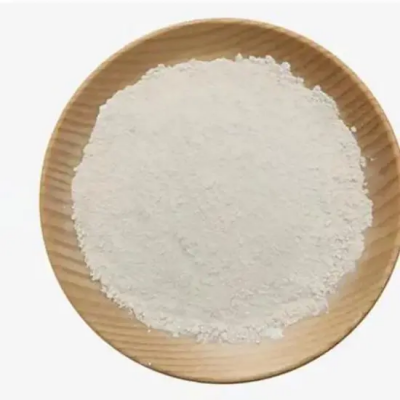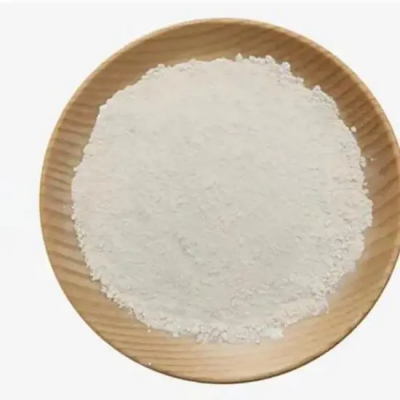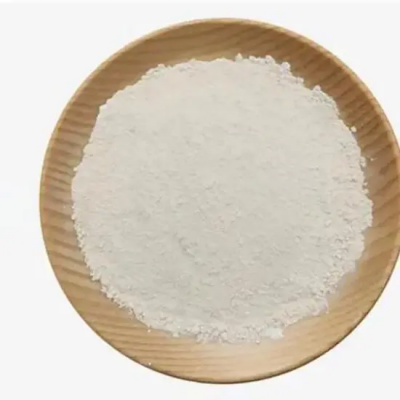Hydrocinnamoyl chloride CAS:645-45-4
Hydrocinnamoyl chloride (C9H9ClO) is an important acyl chloride that plays a significant role in organic synthesis due to its reactive carbonyl group. Derived from hydrocinnamic acid, this compound contains both an aromatic ring and an aliphatic chain, giving it unique chemical properties that enhance its utility in various chemical transformations. The presence of chlorine in the molecule makes it particularly reactive, allowing it to participate in acylation reactions and other nucleophilic addition processes. One of the primary applications of hydrocinnamoyl chloride lies in its use as an acylating agent in organic synthesis. The carbonyl group can react with nucleophiles such as alcohols, amines, and thiols to form esters, amides, and thioesters, respectively. This versatility provides chemists with a powerful tool for constructing diverse chemical structures, making hydrocinnamoyl chloride an essential intermediate in the preparation of pharmaceuticals, agrochemicals, and fine chemicals. For example, derivatives of hydrocinnamoyl chloride can be utilized to synthesize biologically active compounds that exhibit anti-inflammatory, antimicrobial, or anticancer properties. In the context of pharmaceutical development, the acylation reactions facilitated by hydrocinnamoyl chloride can lead to the formation of prodrugs, where the hydrophobic characteristics imparted by the hydrocinnamoyl group improve the bioavailability and efficacy of therapeutic agents. Additionally, the structural complexity introduced through the use of hydrocinnamoyl chloride can contribute to the design of compounds with enhanced selectivity for specific biological targets. Beyond its applications in drug discovery, hydrocinnamoyl chloride has significance in materials science. The compound can be integrated into polymerization processes to create functionalized polymers with desirable properties, such as tailored thermal stability, mechanical strength, and optical characteristics. By modifying hydrocinnamoyl chloride or its derivatives, researchers can develop new materials suitable for electronics, coatings, and advanced composites. The reactivity of hydrocinnamoyl chloride also makes it a valuable starting material for various synthetic pathways in academic research. It serves as a precursor for more complex scaffolds that are pivotal in medicinal chemistry, enabling the systematic exploration of structure-activity relationships (SAR) in drug development. Researchers are continually investigating new methods to leverage the properties of hydrocinnamoyl chloride in order to facilitate efficient syntheses of novel compounds. Furthermore, the environmental impact of using hydrocinnamoyl chloride in industrial applications is an important consideration. Efforts to develop greener synthetic methodologies that minimize waste and utilize safer reagents are ongoing, highlighting the need for sustainable practices in chemical synthesis. In summary, hydrocinnamoyl chloride exemplifies a multifunctional reagent that bridges various fields of chemistry, including organic synthesis, medicinal chemistry, and materials science. Its reactivity and versatility as an acylating agent open avenues for creating a wide array of compounds with potential therapeutic and industrial applications. As research progresses, the continued exploration of hydrocinnamoyl chloride will likely yield innovative solutions that address both scientific challenges and practical needs in numerous industries.



| Composition | C9H9ClO |
| Assay | 99% |
| Appearance | white powder |
| CAS No. | 645-45-4 |
| Packing | Small and bulk |
| Shelf Life | 2 years |
| Storage | Store in cool and dry area |
| Certification | ISO. |







![4-[[(4-Fluorophenyl)imino]methyl]-phenol CAS:3382-63-6](https://cdn.globalso.com/xindaobiotech/6F9ALJKAT3RG10ML9MTKPB18.png)

